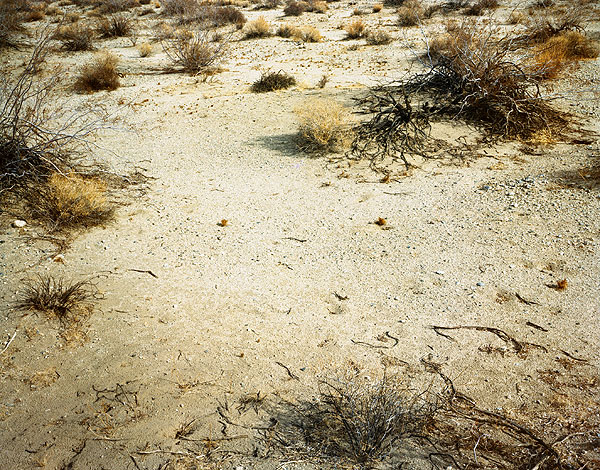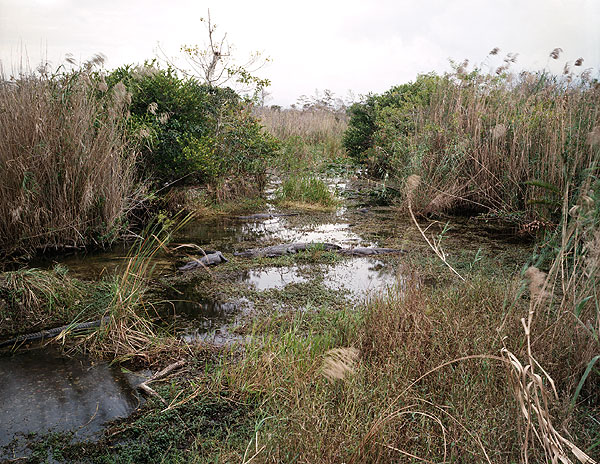“Jen Murphy: New Photography”: The Embodied Landscape
Jen Murphys photos can be seen at the Richard Dadd Gallery, 2486 University Avenue, in Saint Paul, on street level below Midway Contemporary Artworks, through June 29. Call 612-423-2714 for more information.


Thinking more and more about what the purpose of art might be in this culture—what’s it used for, what’s it good for, who needs it, and why—I went to see “Crossing the Channel,” the mammoth show of Romantic painting at the Minneapolis Institute of Arts, curated by Patrick Noon. These paintings were the mirror of their cultures, English and French; they were the images that people used to see ideas. They were at the cultural center, like the movies, like TV. Gericault’s “Raft of the Medusa”—in the show, it’s a vast nineteenth-century copy—was taken from the headlines, an account of a disaster and a government scandal. Paintings don’t work this way any more—although I suppose in some version of some future, they could again.
The landscapes in the show (rather than the history paintings or portraits) seemed closer to the uses we have for art—they figure forth a natural world that’s a source of emotion, not just something to be emotional about. For the Romantics, the poets like Wordsworth as well as the painters like Paul Huet or Richard Bonington, landscapes were the natural world seen as both a living force and a picture, gathered up and “made” by human attentiveness.
Jen Murphy has small and quiet show of beautifully executed landscape photographs at the new Richard Dadd Gallery in the Midway (associated with Midway Contemporary Artworks). These landscapes are wonderfully and oddly akin to the paintings of the Romantics, although they look really different. Murphy’s photos—large, detailed C-prints mounted on metal—are images of nature that are full of soul, of strife, of event, but event with a small “e,” event from outside of humanness although seen and understood from inside it.
For example, in a photo from the Californian desert, some ocotillo shrubs circle around and watch the imminent conflict of two tiny orbs of dead jumping cholla. At first glance, this is just a picture of some scorched-looking desert plants. But one’s necessary attention to the exquisite detail and sharp focus of the image affords a longer gaze, and this gaze begins to develop in the photo a dramatic scene, a scene inherent in the landscape but given shape, meaning, sense, by the sensibility of the human viewer. This is the Romantic lanscape par excellence.
Another image, an alligator swamp in Florida, takes time to yield up even its nominal subjects: the beautiful virtual textures of blacks and greens intoxicate, and only gradually reveal the subjects entangled in it. The alligators jump into focus one by one as they’re redeemed by the viewer’s prolonged attention—and finally, one black waterbird the size of the tip of a finger, smudged on one edge and crisp on the other, provides the intimation of the next moment, the drama of movement, which is another hallmark of the Romantic landscape.
I was cheered by the presence of a body of work that seemed engaged with the big world, as well as with the artworld. I still am. Unfortunately, the run of the show is almost over—hurry down to the Midway to catch it.
For more thoughts on landscape and nature in art, as well as images from the Romanticism show at MIA, click the following links.